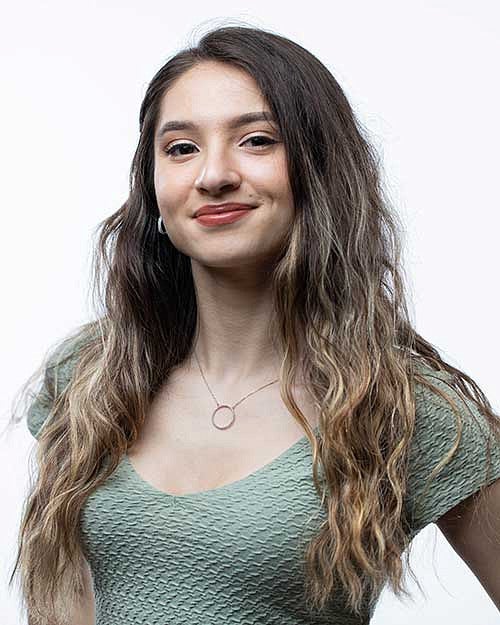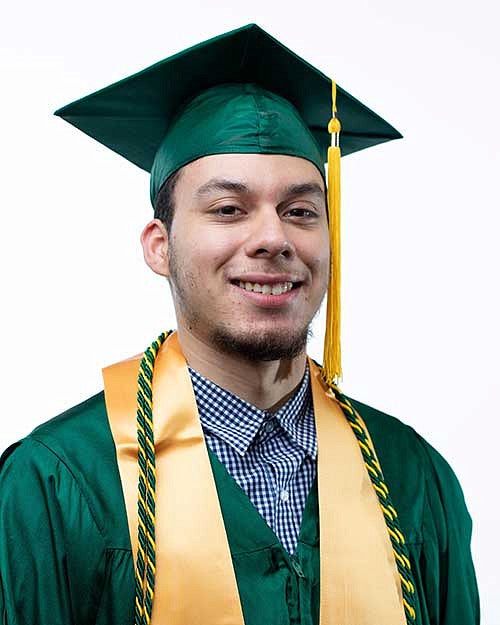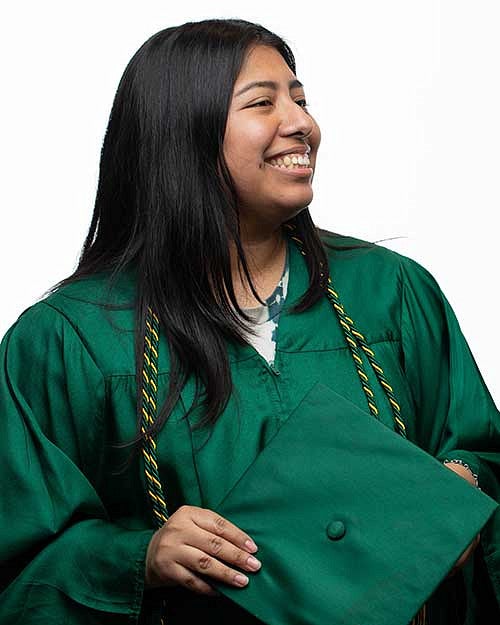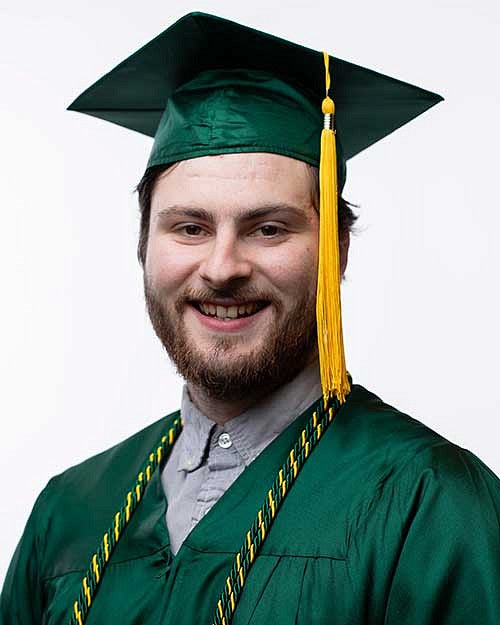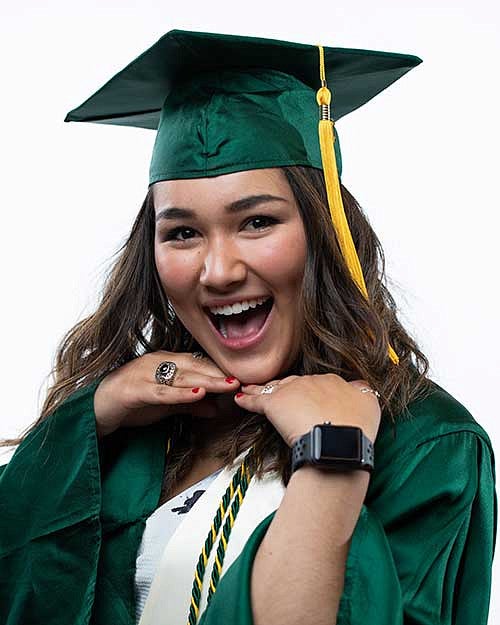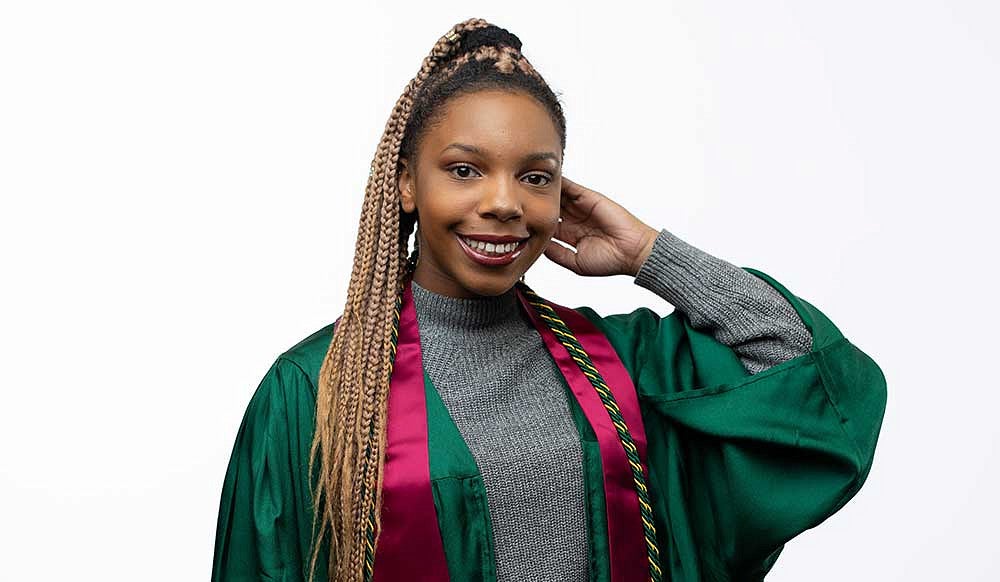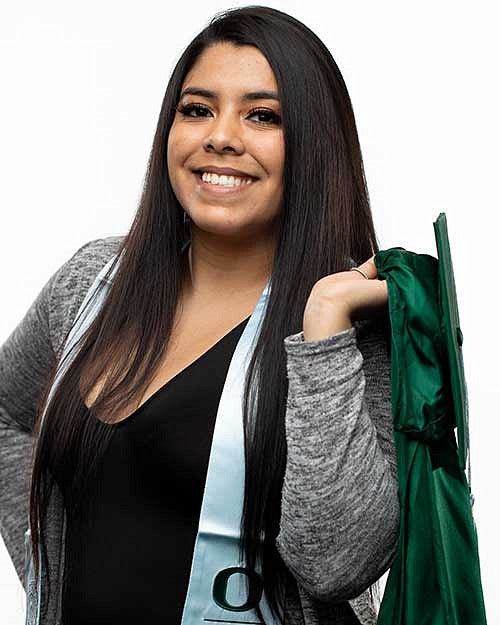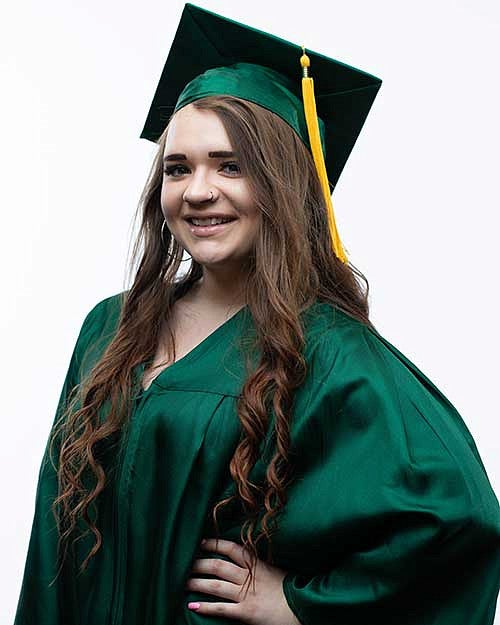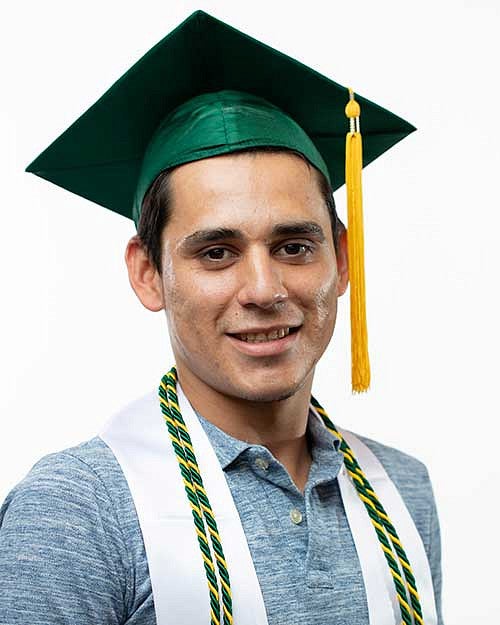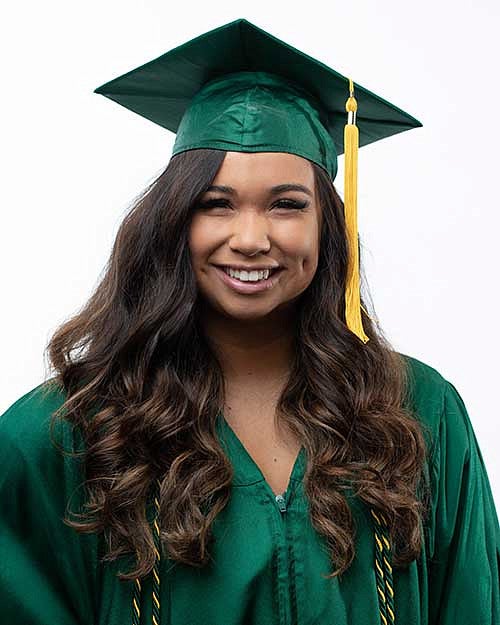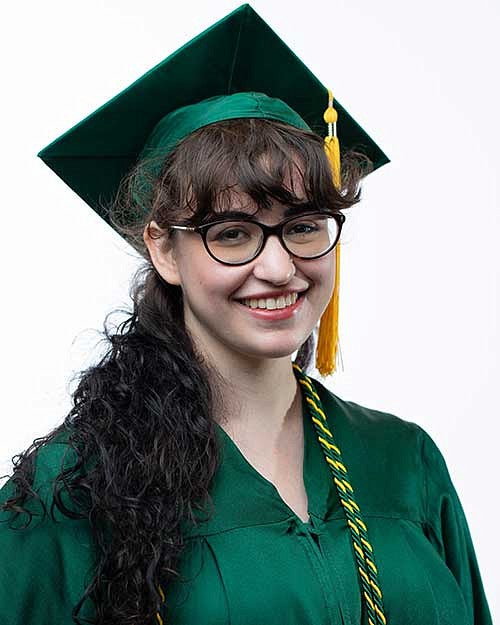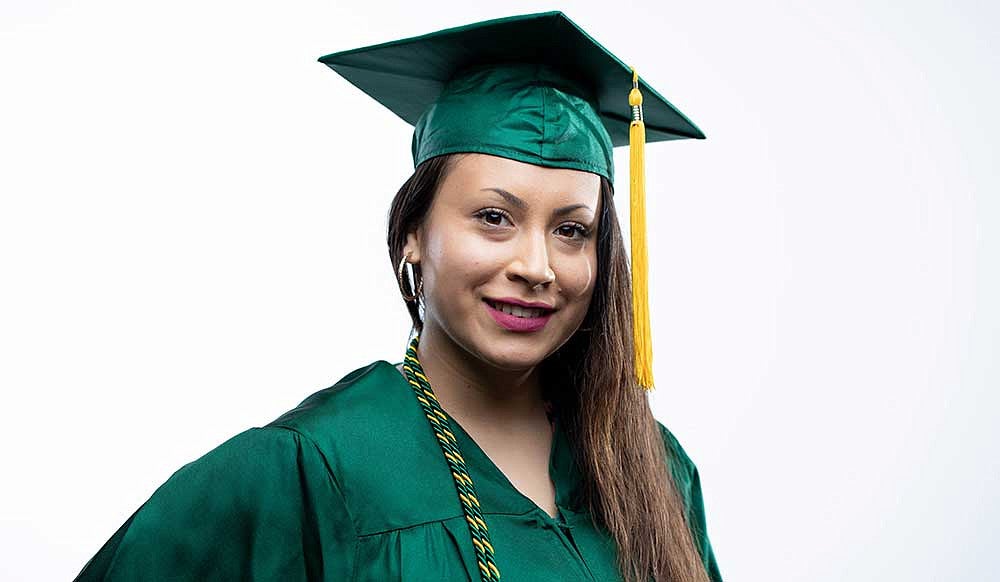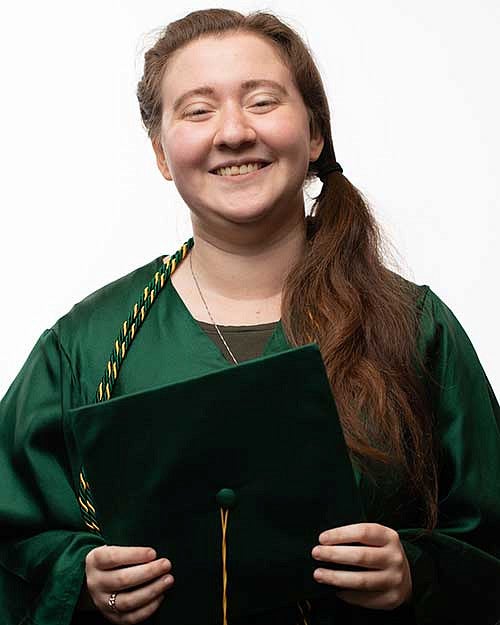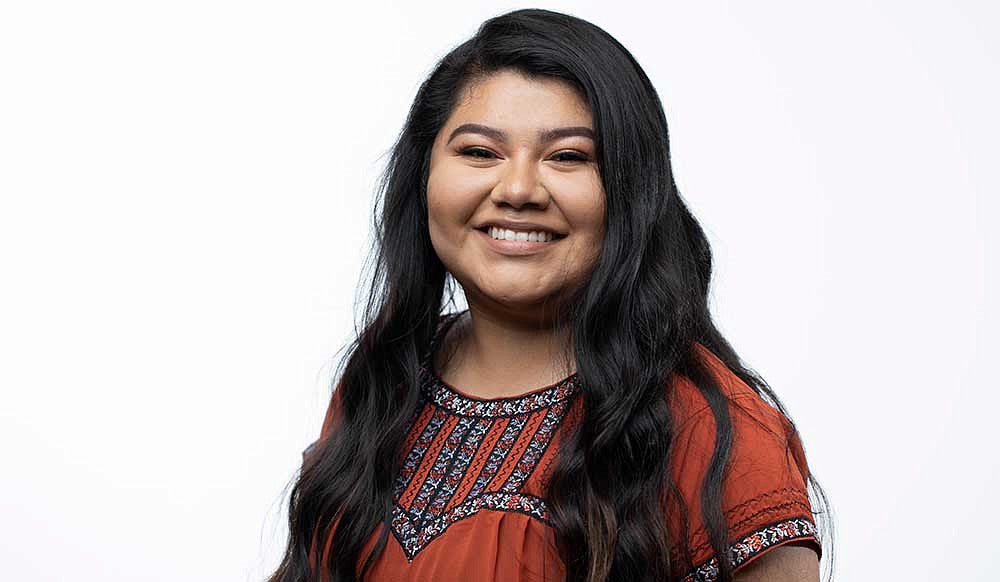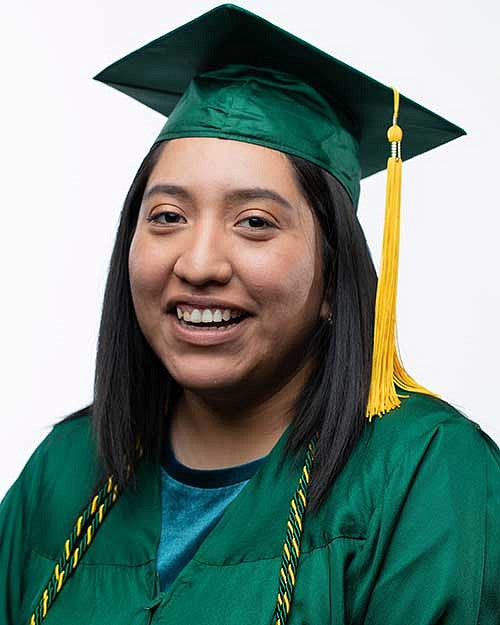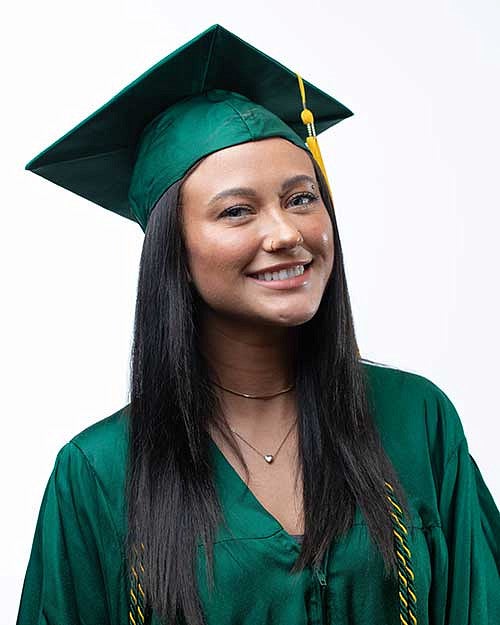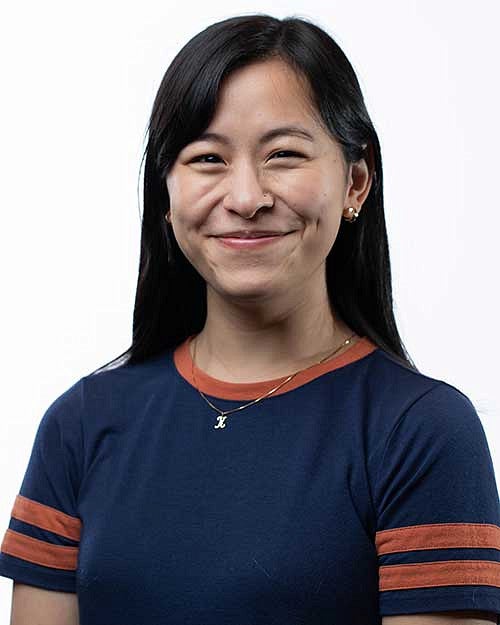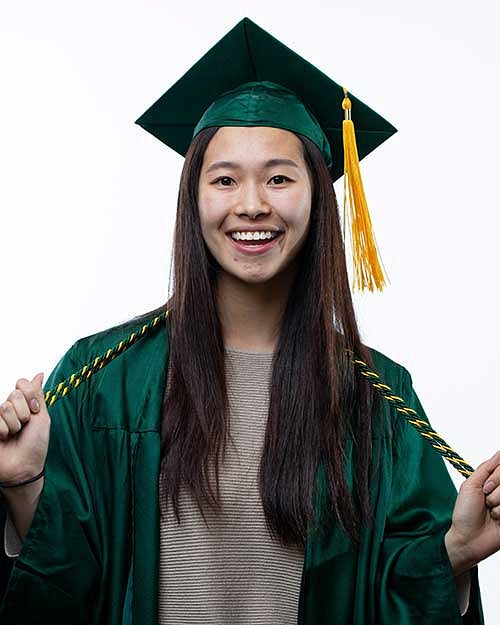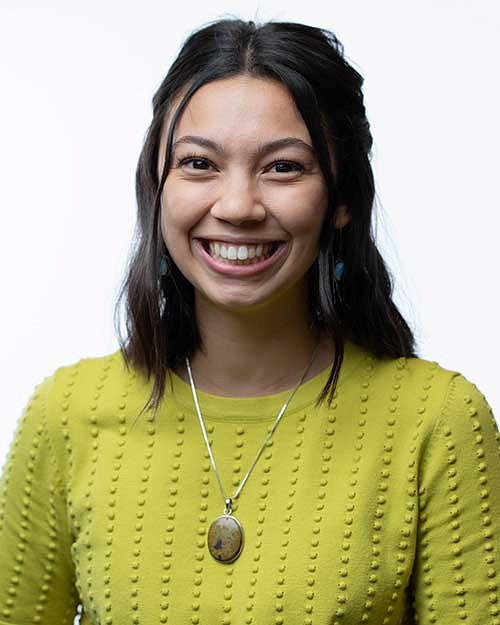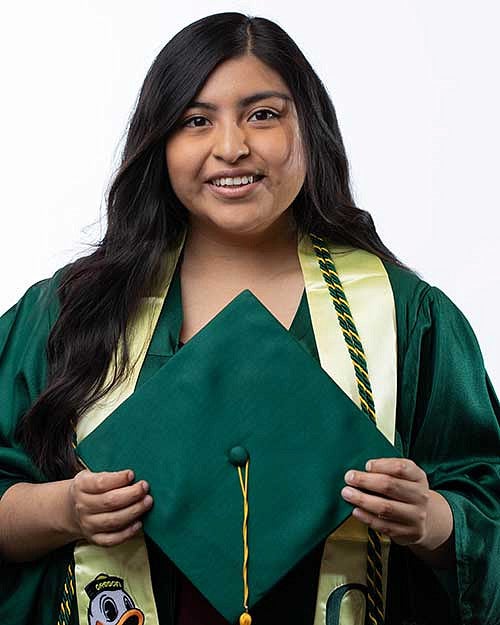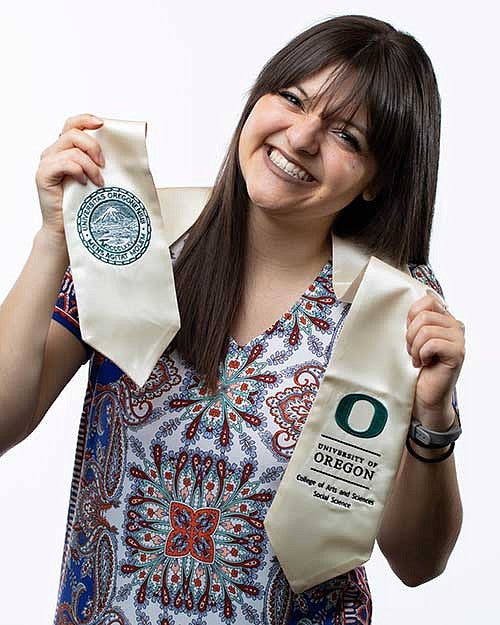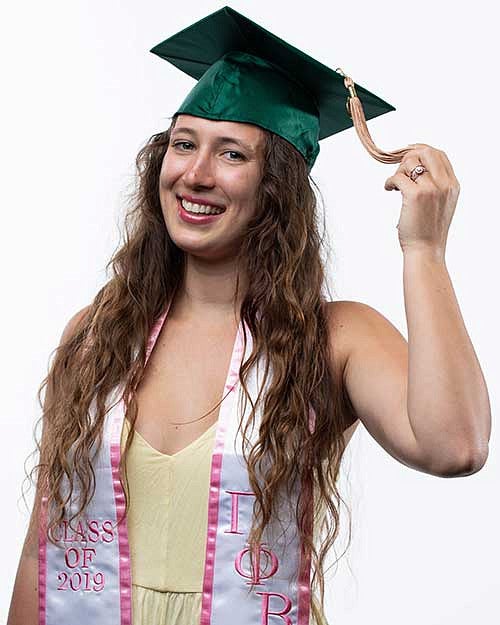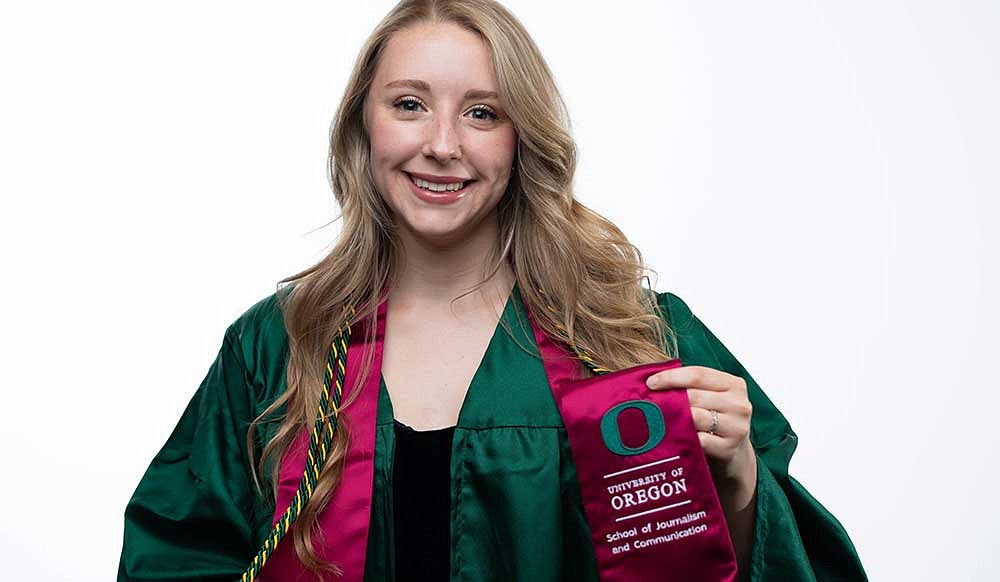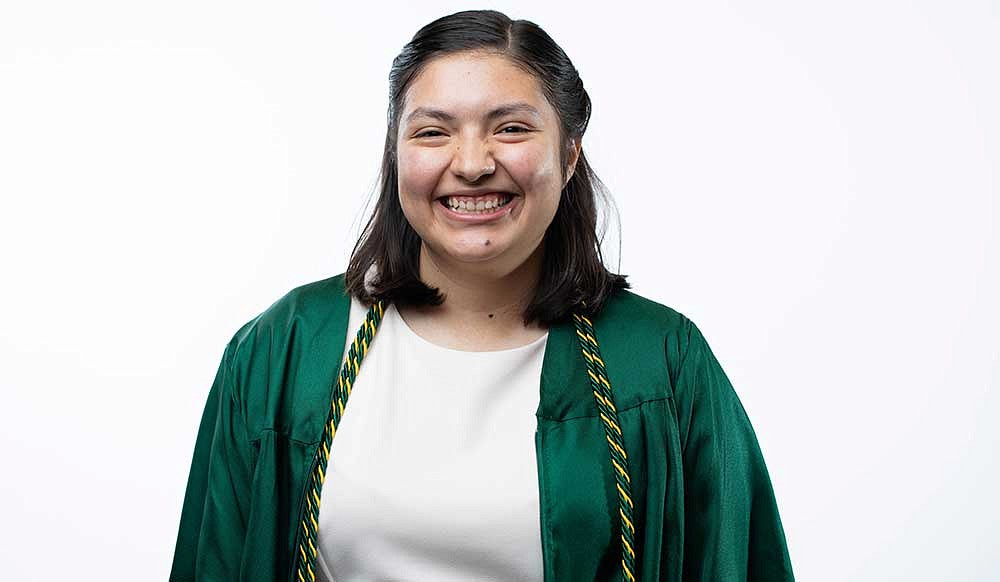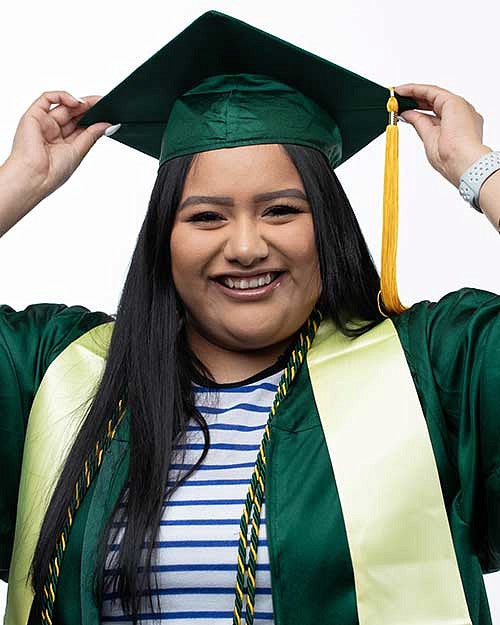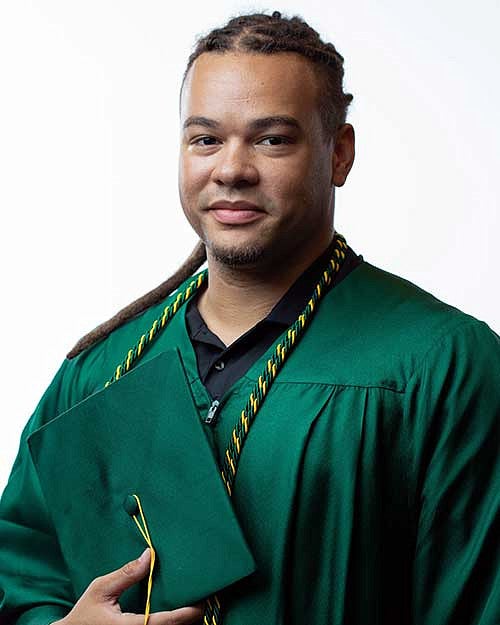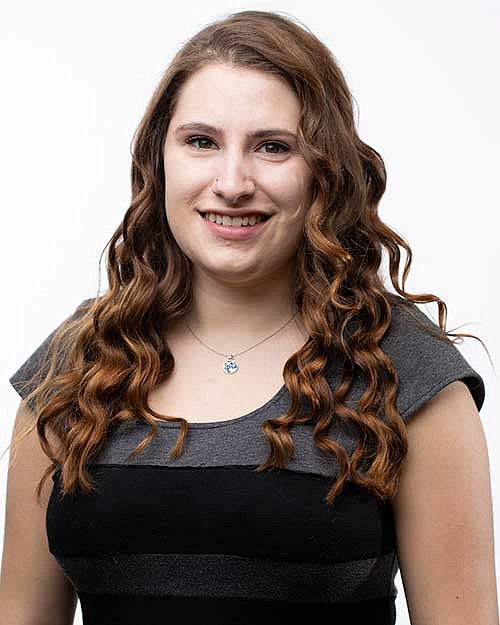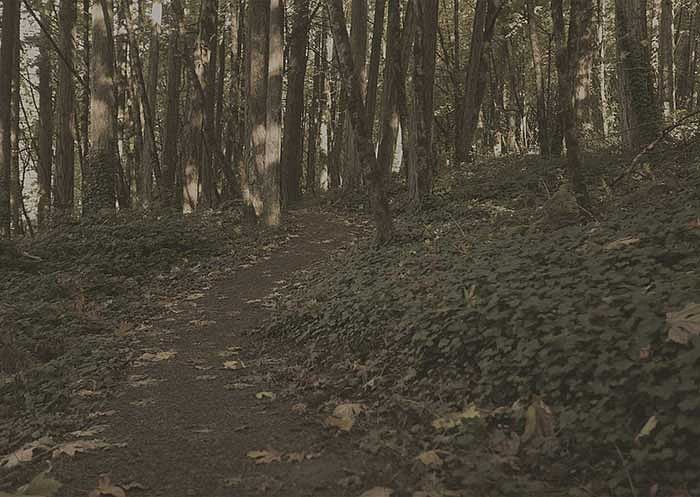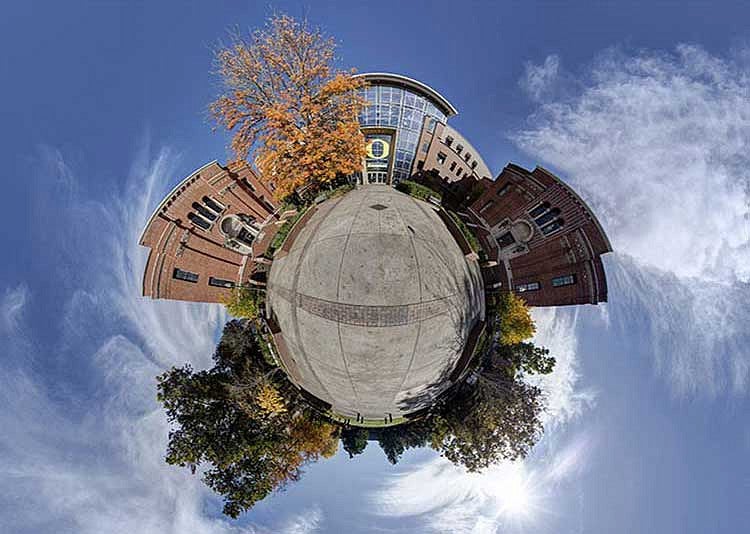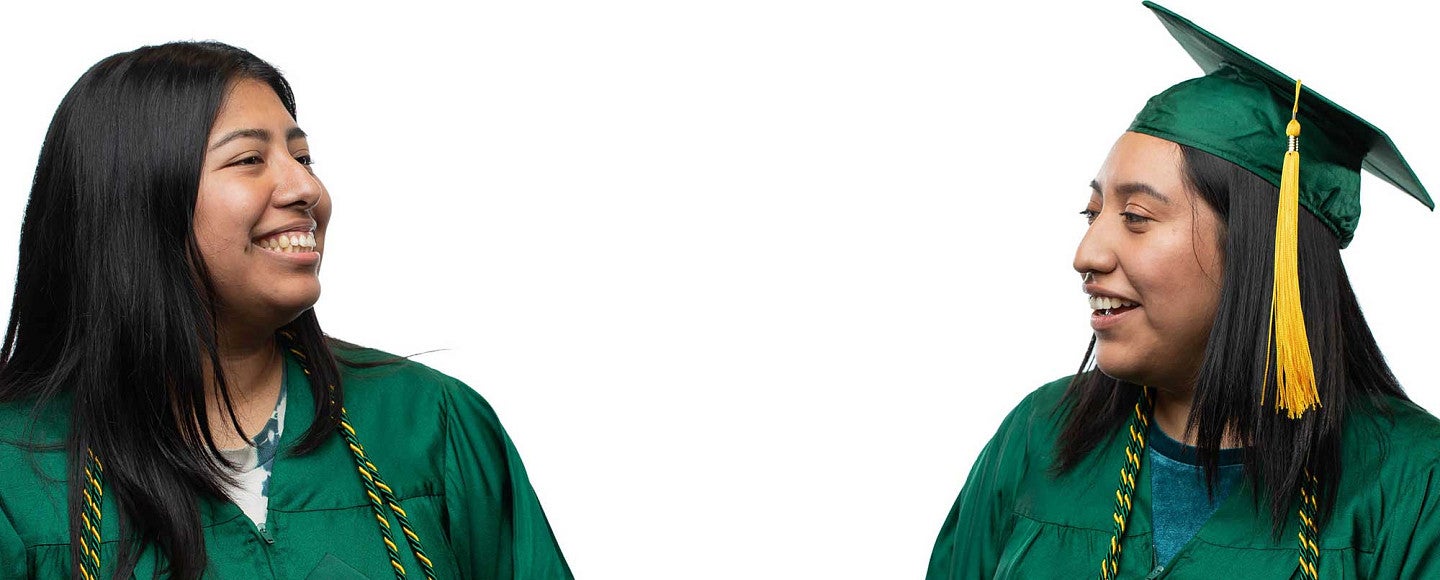

Caps, gowns, and cheers for PathwayOregon graduates
It’s the big day with funny hats. In this moment between all the work it took to get here and the next important steps, take time to celebrate. Once again, PathwayOregon scholars—different majors, from all across Oregon—are joining in the festivities across campus.
PathwayOregon guarantees lower-income Oregonians that tuition and fees will be covered for 12 terms. The program also offers advising and support that helps students succeed.
Access and success. It’s a potent combination. After more than a decade, the numbers show it’s working. Good luck to all our PathwayOregon graduates.
PathwayOregon by the Numbers

—Willie Williams III, Class of 2019
First-Generation College Student
Business Administration
Hillsboro, Oregon
Three Things About Willie
- Best Thing About College: Being able to start working in an industry that I enjoy—and all the people I’ve met.
- Plans After Graduation: Sales internship with Synchrony Financial in Chicago—an opportunity that opened up because Williams chatted with the company’s board chair after he spoke to a business class
- Dream Job: Executive for a financial firm
What does PathwayOregon cover?
Tuition, fees, advising, and support at the University of Oregon, through a combination of federal, state, and university funds.
PathwayOregon awards are renewed annually for up to 12 terms of undergraduate study over five years (excluding summer terms).
What are the requirements?
- Oregon resident
- Graduated from Oregon high school in the last two years
- Minimum 3.40 cumulative high school GPA on a 4.00 scale*
- Admitted to the UO as a first-time freshman
- Eligible for Federal Pell Grant as determined by the FAFSA
* Students who earn less than a 3.40 high school GPA but meet all other program eligibility criteria will be considered for the program on a space and funding available basis
How do I become a PathwayOregon scholar?
There is no specific PathwayOregon application. To become a PathwayOregon scholar, you must:
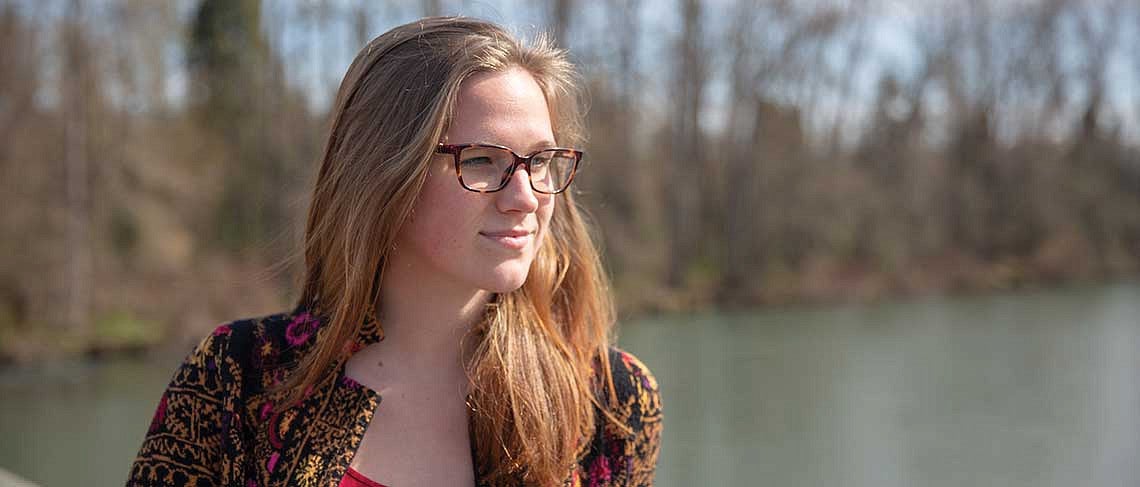
Modeling Climate Change
For her honors thesis, Laura Queen is using computer modeling to predict the impact of climate change on the Columbia River
Many undergraduates face difficulties choosing a major. But few relish every new subject with the kid-in-a-candy-store delight of Queen, a PathwayOregon and Summit scholarship recipient.
Fortunately, the senior mathematics and computer science major zeroed in on a thesis topic—and a life goal—that combines (almost) all her academic interests. After graduating this June, she hopes to work on computer models that predict the impact of climate change and advocate for science-based solutions to global warming.
“Deciding what to study has been hard,” says Queen, who is also in the Clark Honors College. “I’ve always been interested in all the different STEM fields (and also literature and history). Climate modeling is so fun because it puts many things together. You don’t have to be a chemist, biologist, or computer coder to be a climate modeler. But you have to have your fingertips on all of those different subjects.”

Queen has explored many academic diversions along the road to commencement. During her sophomore year, she took her first computer coding class—an experience that began with frustration and ended in sisterhood.
“In this big lecture course, there were hardly any women. It seemed as if there were implicit requirements that I didn’t have. It’s the only class where I thought ‘I cannot do this.’”
So she went home and Skyped her older sister, a computer science major. It didn’t take long to realize that she simply needed to learn the lingo.
“After that one conversation, I excelled,” she says. “What I realized is that we are losing a lot of bright minds to imposter syndrome—the common misconception that you don’t belong here, that the only reason you’ve made it this far is luck. Those feelings are heightened when you are underrepresented.”
After she became a confident coder, the Portland native paid it forward by leading weekly study sessions for the course through the Class Encore program, which offers study groups led by students who know the material. It was the first session ever offered for that computer course, so Queen had to create the curriculum from scratch.
“Not everyone has a big sister they can call,” she says. “I wanted to be that big sister.”
Next there was astronomy. During the summer after her sophomore year, Queen gave a lecture to more than 100 UO seniors about the imminent solar eclipse as part of the Science Literacy Program. She also volunteered at the Pine Mountain Observatory in Bend, giving night-sky tours and helping faculty members with primary research.
Then she discovered climate modeling at the Geophysical Fluid Dynamics Laboratory at Princeton University, thanks to an Ernest F. Hollings Undergraduate Scholarship. The National Oceanic and Atmospheric Administration (NOAA) scholarship provides tuition support and a paid summer internship.
Working at the same lab where scientists have led much of the world’s research on climate-change models since 1955, Queen used the Columbia River as a case study for testing computer modeling. She presented her research at the 2018 American Geophysical Union Annual Meeting in Washington, DC—a big academic deal for an undergraduate.
For her thesis, Queen is continuing her research of the Columbia River. Instead of the global climate model she used during her internship, she’s shifted to hydrologic models—different tools for asking the same questions.
“The hydrologic model is regional,” says Queen. “That means it can capture the physics and the topography of the Pacific Northwest much better. With the model we used at Princeton, you’re running the entire globe just to look at one region. In a mountainous river basin like the Columbia River, the low resolution in the global model does not capture it.” However, both models are important, she says.
“It’s kind of like the theory of a butterfly flapping its wings on the other side of the planet and having an effect on us,” she says. “The river interacts with the world, and the world interacts with the river. This work is fun for me, but it’s also so important. This is the biggest global issue humanity is facing.
“I’m so grateful to be here, particularly now that I’m putting all of my energy into the climate science and my senior thesis. This research is important, and I’m focusing on the Pacific Northwest. I feel like it’s giving back to where I was raised. I would like to say thank you for the scholarships.”
After graduating, Queen plans to take time off before graduate school and a career in climate science. That could mean an internship with New Zealand’s equivalent of the NOAA. Or maybe a stint in software engineering. Knowing Laura, either choice—or both—will lead to success.
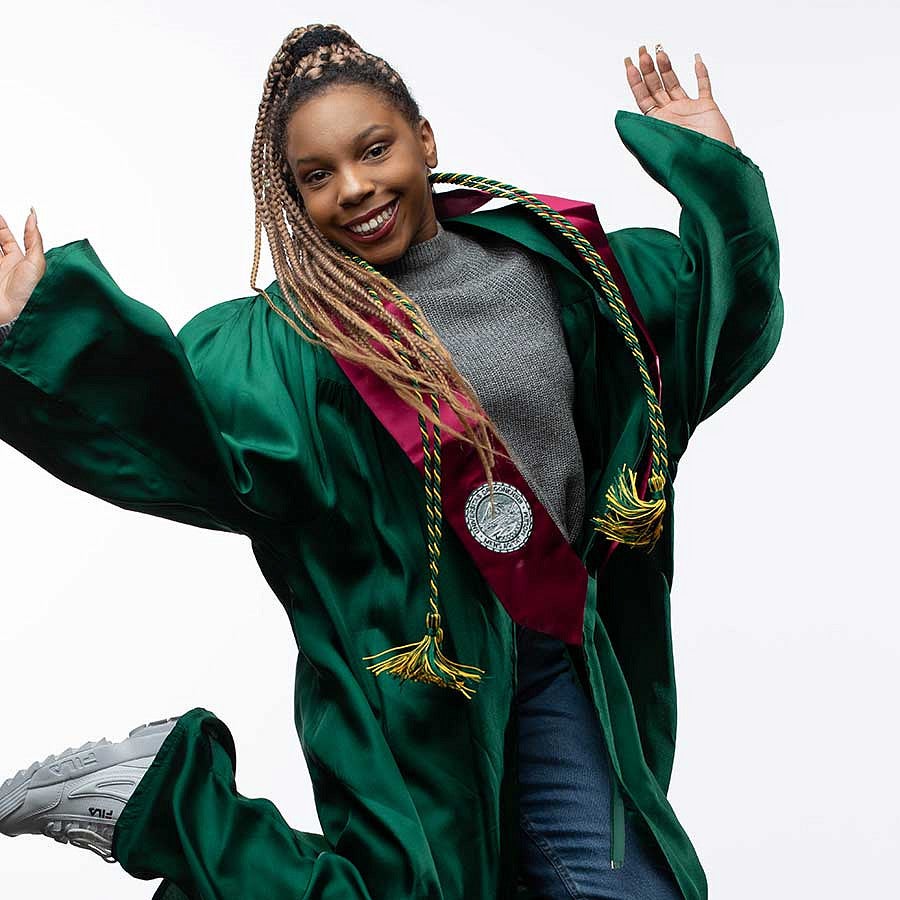
—Amira Borders, Class of 2019
First-Generation College Student
Journalism
Portland, Oregon
Three Things About Amira
- UO Activities: Oregon Daily Emerald, KWVA, DuckTV, SOJC trip to NYC
- Best Thing About College: Meeting people and getting involved in groups.
- Dream Job: Talk show host
PathwayOregon Giving by the Numbers
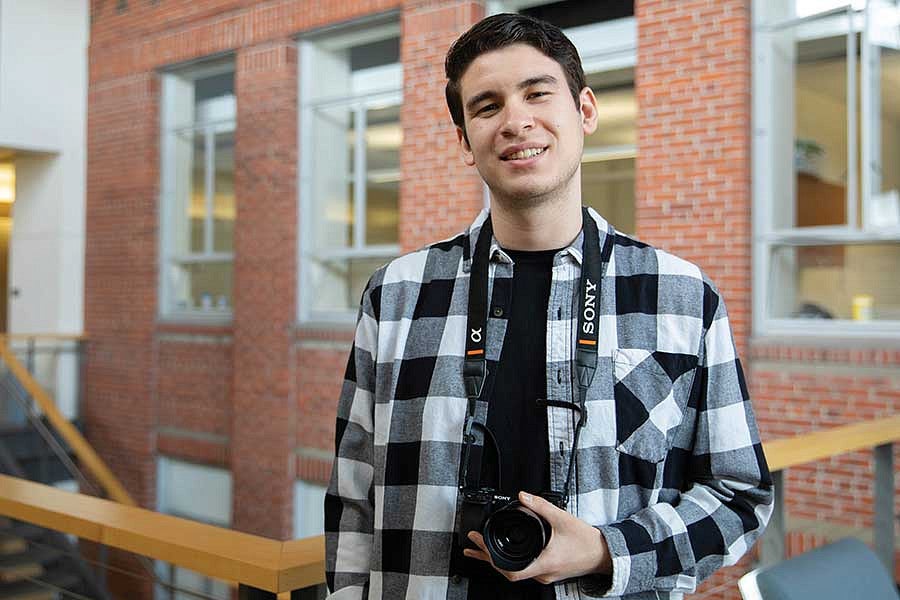
—Luis Sevilla, Class of 2019
White City, Oregon
Investing in the Future
PathwayOregon is funded by UO donors, the Oregon state government, and millions of dollars allocated by the university through the Office of Student Financial Aid and Scholarships.
Donors have continued to support the program with gifts of all sizes. In 2015, Connie, BS ’84, and Steve Ballmer made the largest scholarship contribution in UO history to the program, enabling the UO to welcome an additional 200 PathwayOregon students to campus that fall.
“I want to thank everyone who gives to scholarships, because it makes going to the university possible for people like me,” said Luis Sevilla, a PathwayOregon and Excellence Scholar recipient and first-generation student.
The program helps the UO leverage Federal Pell Grant funding, combining these resources to make the most of each. These investments in Oregonians are paying off. By any measure, the first decade of PathwayOregon was a tremendous success.The year before PathwayOregon launched, the six-year graduation-rate gap between Pell-eligible and other Oregon students was 13 percent, about the national average. Just one year later, that gap shrank to less than two percent. Because that’s what students can do when you remove the barriers to success.
This doesn’t happen by accident (or with financial support alone). Covering tuition and fees provides access, but cultivating success requires dedicated people and comprehensive programs to help students reach their full potential.
UO faculty and staff members designed PathwayOregon specifically to address the barriers to success that are most common for these students. And they made it flexible and personal enough to help with the unique challenges each student faces.
“A college degree was my goal since high school, but the support made it viable. And it was motivating once I got here, because—despite all the obstacles—I knew people were investing in my education,” said Sevilla.
From the moment they set foot on campus until the day they receive their diplomas, PathwayOregon scholars get the guidance they need to meet academic requirements, manage their finances, link their majors to future careers, and more.
If it sounds like common sense, it is. But this level of support is uncommon. It requires coordination, collaboration, and a relentless focus on the end game—earning that degree on time, with a career in mind.
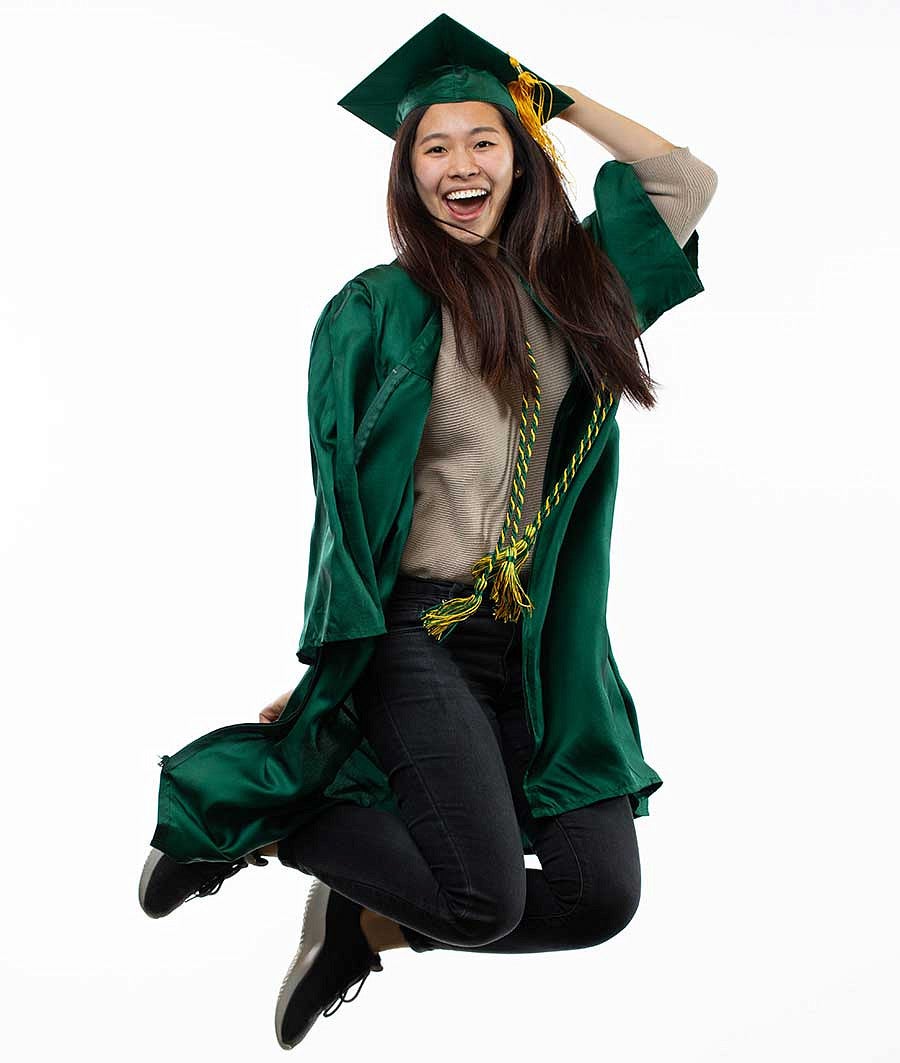
—Kahei Lee, Class of 2019
First-Generation College Student
Architecture
Portland, Oregon
Three Things About Kahei
- UO Activities: Ecological Design Center
- Plans After Graduation: Product development intern at a Portland furniture company
- What a College Degree Means to Me: An opportunity for me to do so much more out there in the world.
Making College Affordable for More Oregonians
Rural students. Students of color. Students who are the first in their families to attend college. Oregon students who will thrive at a Tier One research university with an innovative program of financial, academic, and social support. PathwayOregon students.
First-Generation Students
Image
Students of Color
Image
Rural Students
Image
Image
Image


